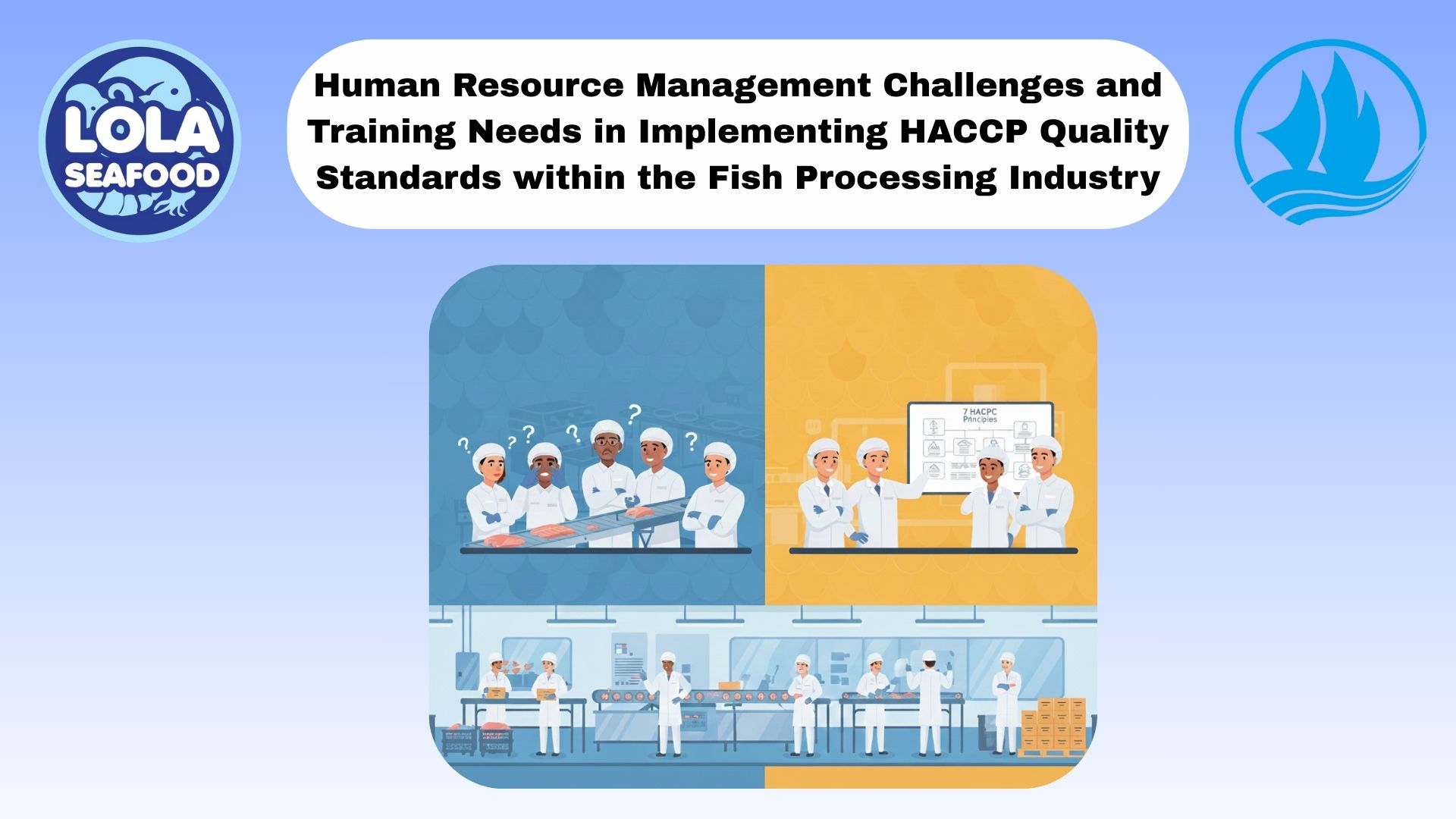Freezing Seafood with Contact Plate Freezers: Process, Benefits, and Best Practices
By. Nugroho Luhur - 18 Sep 2025.jpg)
Kelolalaut.com Freezing is one of the most effective preservation methods for seafood, helping to lock in freshness, extend shelf life, and maintain nutritional value. Among the various freezing technologies available, the contact plate freezer is widely recognized for its efficiency and ability to produce high-quality frozen products. This method is particularly popular in seafood processing plants, where speed, consistency, and product quality are crucial. Understanding how contact plate freezers work and why they are preferred can help processors optimize operations and deliver premium seafood to consumers.
How Contact Plate Freezing Works
Contact plate freezer uses hollow metal plates that are chilled by refrigerants such as ammonia or Freon. These plates are arranged in parallel, and the seafood products—typically packed in flat blocks or trays—are placed between them. The plates then close together, applying gentle pressure and creating direct contact with the product on both sides.
Because heat is rapidly transferred from the product to the cold plates, freezing occurs quickly and uniformly. The process eliminates the need for moving cold air around the product, as in blast freezing, making it more energy-efficient and suitable for flat, uniform shapes like fish fillets, shrimp blocks, or surimi.
Advantages of Contact Plate Freezing
Rapid Freezing Speed: Direct contact between the cold plates and the product ensures quick heat transfer, significantly reducing the time needed to freeze seafood. Rapid freezing minimizes the formation of large ice crystals, which helps maintain the natural texture and appearance of the product after thawing.
- Uniform Freezing: Because both sides of the product are in contact with the plates, freezing is even and consistent. This uniformity reduces the risk of partial thawing during storage and improves product quality and safety.
- Energy Efficiency: Contact plate freezers are highly efficient, as they do not rely on circulating large volumes of cold air. This results in lower energy consumption and operational costs compared to air-based systems.
- Compact and Space-Saving: The vertical design of most plate freezers allows processors to maximize floor space, making them ideal for facilities with limited room.
- Product Shape and Handling: Seafood products frozen in contact plate freezers often come out in compact, uniform blocks, which are easy to stack, transport, and store. This improves logistics efficiency throughout the supply chain.
Best Practices in Using Contact Plate Freezers
To maximize efficiency and ensure product quality, seafood processors must follow best practices:
- Pre-Chill the Product – Bringing seafood close to 0°C before placing it in the freezer helps reduce freezing time and improves energy efficiency.
- Ensure Proper Packaging – Using moisture-resistant packaging prevents freezer burn and protects product integrity. Flat, uniform packs are ideal to ensure maximum surface contact with the plates.
- Monitor Freezer Temperature – Consistent temperature control is crucial. Most contact plate freezers operate between –35°C and –45°C to achieve rapid and thorough freezing.
- Maintain Equipment Cleanliness – Plates must be regularly cleaned and sanitized to prevent cross-contamination, especially in seafood facilities where hygiene standards are strict.
- Optimize Loading and Unloading – Proper handling minimizes product damage and maintains production efficiency.
Applications in the Seafood Industry
Contact plate freezers are especially popular for processing shrimp blocks, fish fillets, and surimi. They are also used for freezing bait fish, squid, and other seafood products that are packed in boxes or trays. Because of the consistent results they produce, contact plate freezers are a preferred choice for products destined for export markets, where appearance and quality are key selling points.
Contact plate freezers play a vital role in modern seafood processing, offering a fast, efficient, and reliable method for preserving quality. By providing rapid and uniform freezing, they help maintain the natural taste, texture, and nutritional value of seafood products. When combined with good handling practices, proper packaging, and regular equipment maintenance, contact plate freezing becomes a powerful tool for delivering safe, high-quality seafood to consumers worldwide.
If youre interested in our Red / Scarlet Snapper Indonesian Seaperch Whole Round / Whole Gilled Gutted Scaled , Red / Scarlet Snapper Fillet Skin On and Red / Scarlet Snapper Fillet Portion please do not hesitate to contact us through email and/or Whatsapp
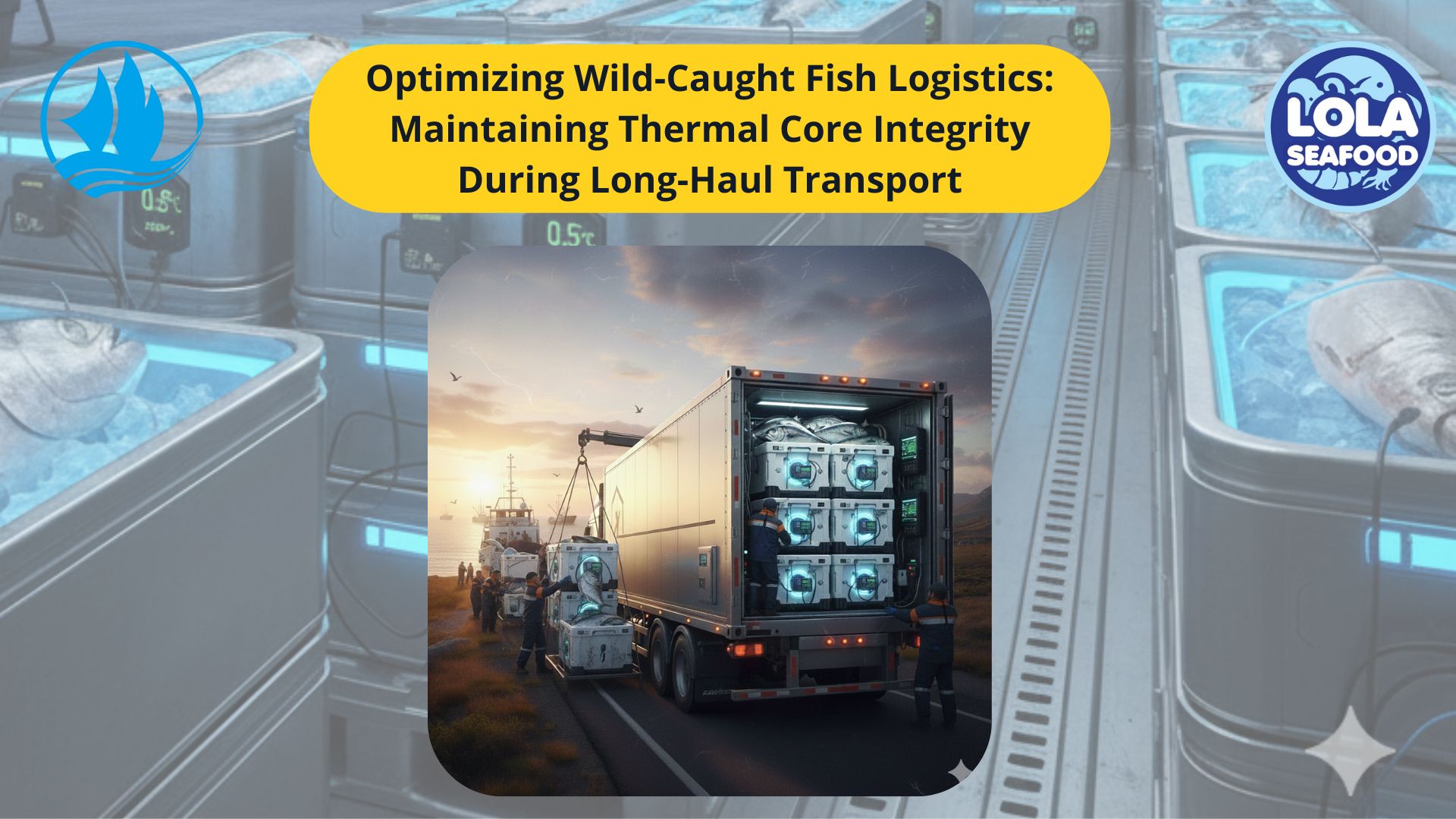
Optimizing Wild-Caught Fish Logistics: Maintaining Thermal Core Integrity During Long-Haul Transport
.jpg)
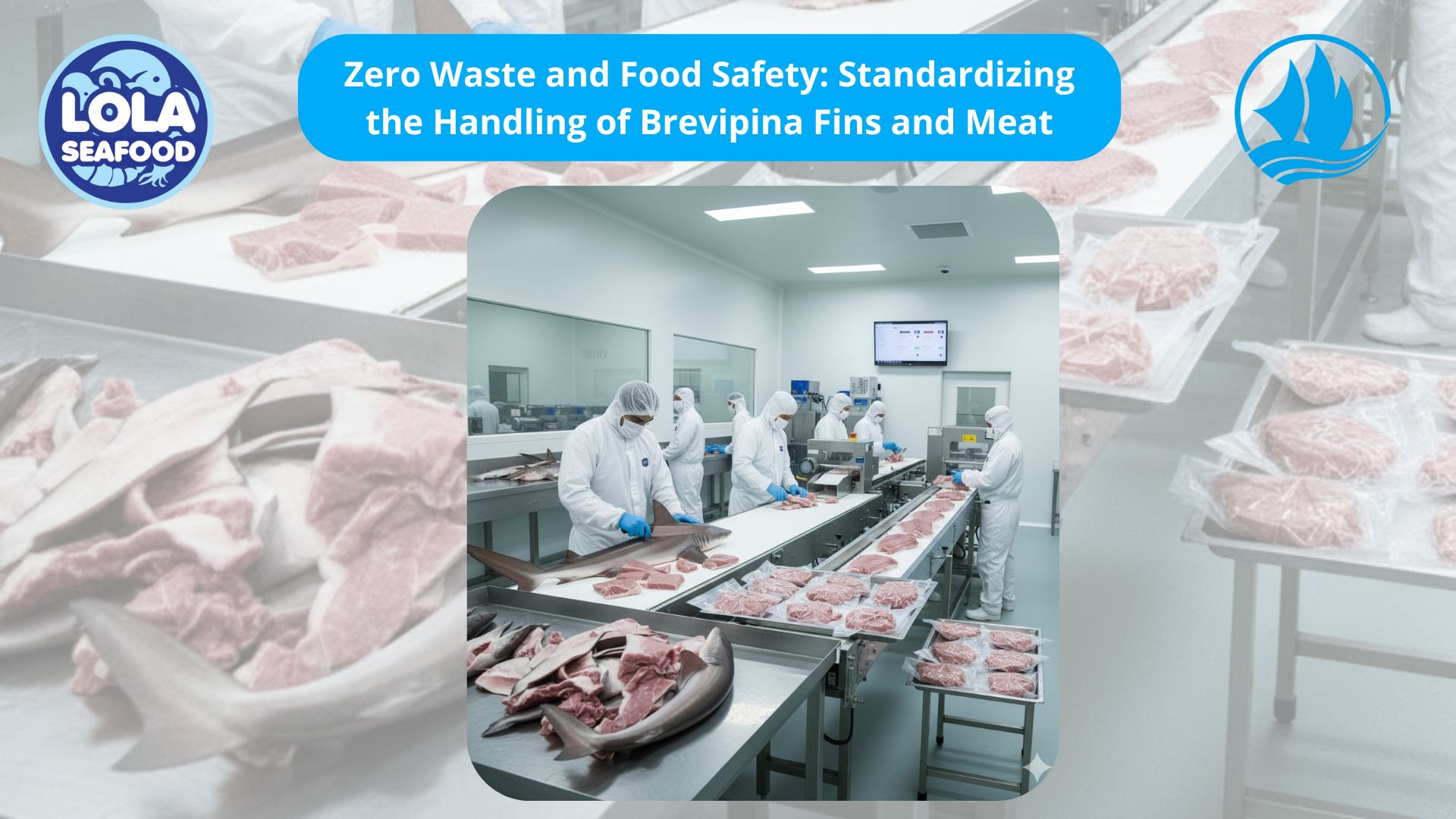
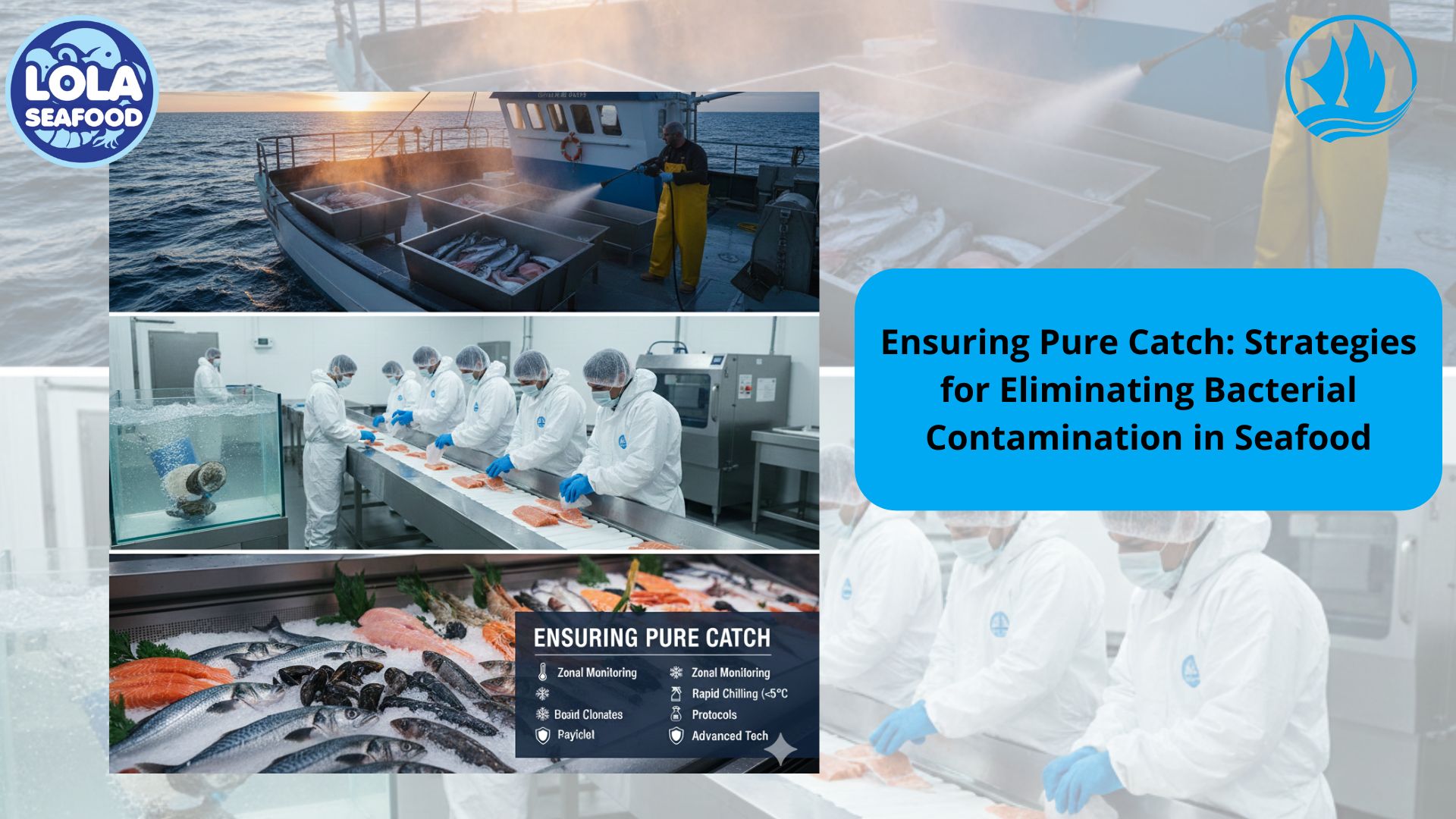
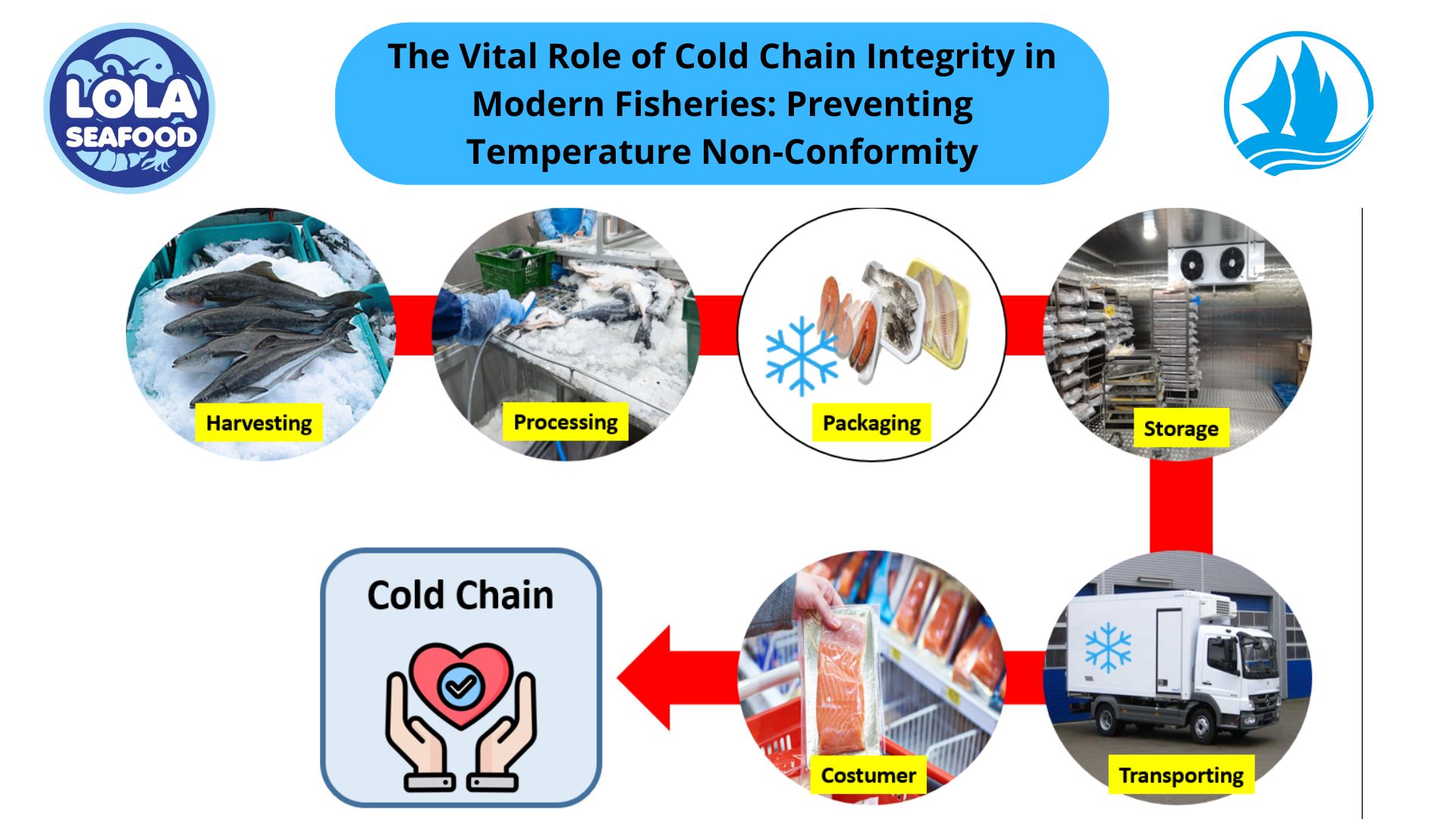
.jpg)
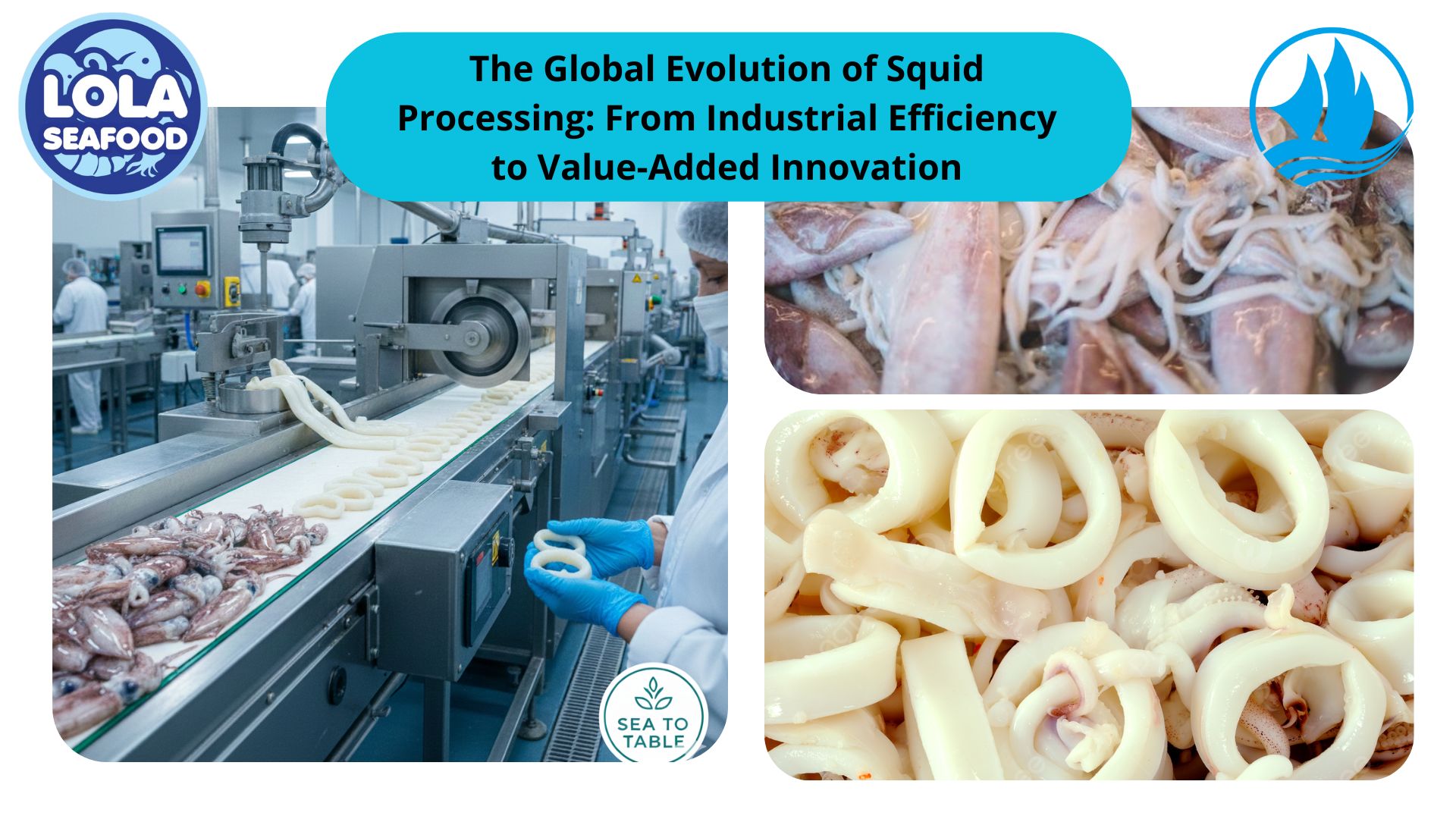
 and Employee Productivity on the Demersal Fish Processing Floor.jpg)
